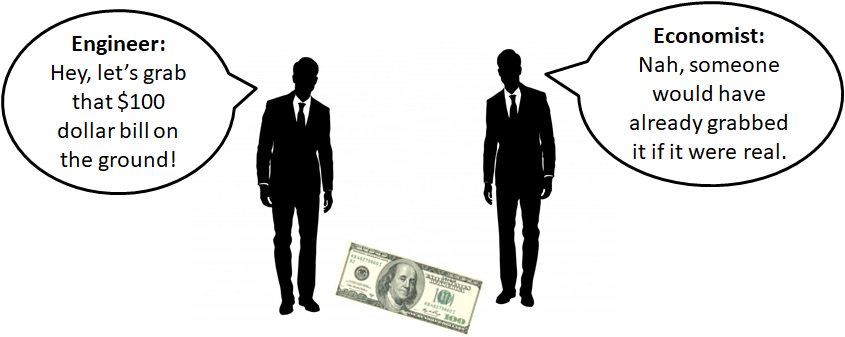There has been much discussion of the small-cap premium recently. Has its popularity cannibalized its utility? Are large firms preventing a level playing field? Will the small-cap premium exist going forward? This article does not address these concerns directly, but it does identify and analyze another potential issue that could diminish the utility of small cap exposures. In particular, I investigate how stock mispricing and misplacement could impact the performance of size-based indices.
I first provide some relevant background information and then I define and discuss the issue of security misplacement. In particular, I highlight potential implications security misplacement has for the performance of portfolios and indices involving small cap (SC) exposures. I then present a simulation model to capture this misplacement phenomenon and quantify its impact.
Figure 1: Security Misplacement

Source: Aaron Brask Capital
The Core Issue: Mispricing Causing Misplacement
I appreciate the behavioral side of finance and I’ve pitched a tent in the mispricing camp. I believe there is a certain level of chaos inherent in our markets. Indeed, there are many types of investors with different needs, emotions, models, etc. The inevitable flows from their competing perspectives create occasional, if not constant, mispricing in many securities. While it might be tempting to believe hedge funds and active market participants instantly jump on these opportunities and keep prices in line, in practice, there are limits constraining their ability to do so (constraints on short-selling and a popular J.M. Keynes quote come to mind).(1)
This is not to say one should not question why opportunities exist. Indeed, I have seen many hedge fund strategies blow up because there were seemingly obvious profit opportunities that turned out to be picking up pennies in front of a steamroller trades (see here for a piece for an in-depth discussion). I simply do not believe opportunities should be ignored if we have some reason to believe they are attractive and do not require more risk or transactional costs (even if we cannot specifically identify the root cause beyond the reasonable assumption that some opportunities are afforded by the general chaos inherent in our capital markets).
Just to be clear, my goal here is not to debate mispricing (it is just background for what follows). There is already much research on this topic and I believe the empirical evidence (e.g., from Alpha Architect and AQR) supports the notion that mispricing exists.
Figure 2: Mispricing versus Efficient Markets Illustration

Source: Aaron Brask Capital
So this leads me to the question, “So what if mispricing exists?” Even if we cannot necessarily pinpoint where it is (e.g., identifying specific stocks using bottom-up valuation analysis), understanding potential systematic implications of mispricing may allow investors to protect themselves from negative impacts.
For example, let us consider Research Affiliates and their concept of fundamental indexation.
Their basic premise is that a stock portfolio based on market capitalization weighting (MCW) effectively over-weights overpriced stocks and under-weights underpriced stocks. Their solution is to use fundamental weights (i.e., quantities from financial statements instead of market prices). This approach severs the link between the market’s opinion (which could be wrong) on price from the stock weights. Their research indicate a significant improvement in historical performance using their fundamental weight approach.
Note: Cliff Asness of AQR may have mocked the innovation claimed by fundamental indexation advocates (see these humorous slides), but I believe there is something special. Even if fundamental indexation is actually just one type of value investing (I would call it value-light), I believe it fulfills a need on behalf of investors who want market-proportioned portfolios without the mispricing biases. However, if relatively minor value-based adjustments are good, then larger value-based adjustments might be even better (e.g., the Quantitative Value approach for concentrated value exposure).












Leave A Comment